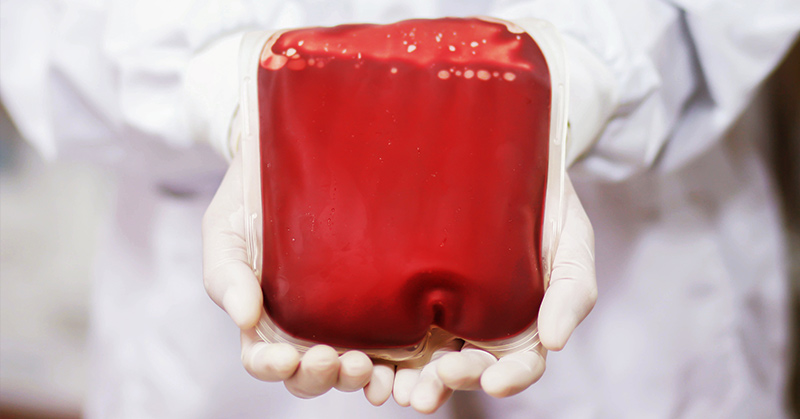Are you feeling the effects of aging? Do you sometimes wish you could turn back the clock and feel like you’re twenty years old again? You may be in luck. A controversial new startup says the secret may be in your blood, or rather, the blood of a younger person.
This may sound like the plot of Hocus Pocus, but a new company called Ambrosia is offering to fill your veins with the blood of a younger person for a price of $8 thousand – no witches required [1]. Stanford Medical School graduate and startup founder, Jesse Karmazin, believes blood is the next big government-approved drug [1].
Blood Transfusions in Health Care
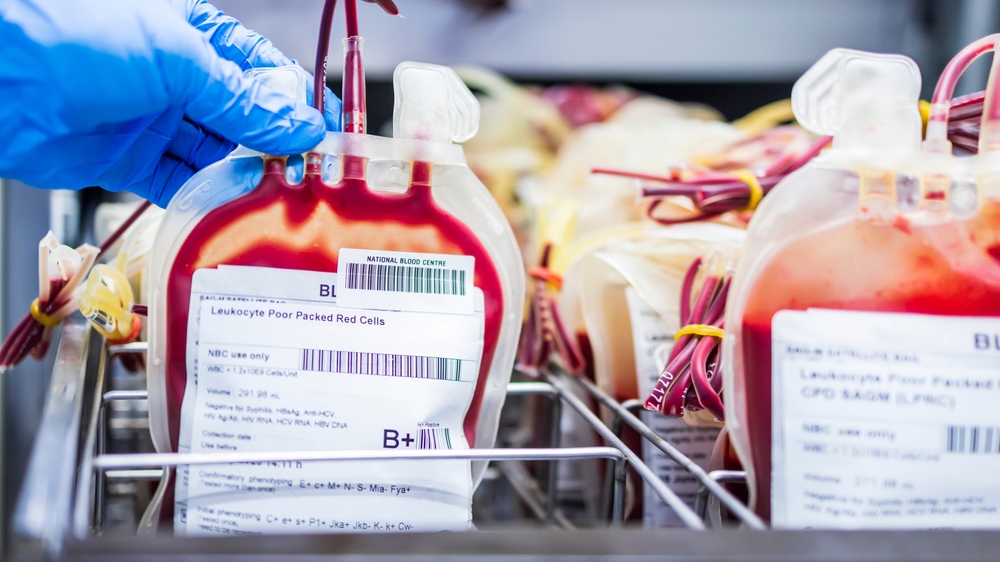
The idea of using another person’s blood to help someone recover from an injury or heal from surgery is not new. Every year in the United States, millions of blood transfusions are performed safely in hospitals across the country.
The process is very simple: a nurse places a tube in a vein in your arm, and donated blood is pumped through that tube and into your body [2]. This is a routine, usually uncomplicated procedure that has the potential to save lives. Typically, you receive a blood transfusion to replace lost blood after surgery or an injury [2].
Your blood is made up of four main components:
- Red blood cells carry oxygen and remove waste products from your blood.
- White blood cells help your body fight infections.
- Plasma is simply the liquid part of your blood.
- Platelets to help your blood clot properly [2].
When you are given a blood transfusion, you are only given the part of the blood that you need, with red blood cells being the most common. There are occasions when you might receive “whole blood”, but this is quite rare [2].
Read More: 6 Warning Signs You Don’t Have Enough Oxygen in Your Blood
Can Blood Make You Younger?
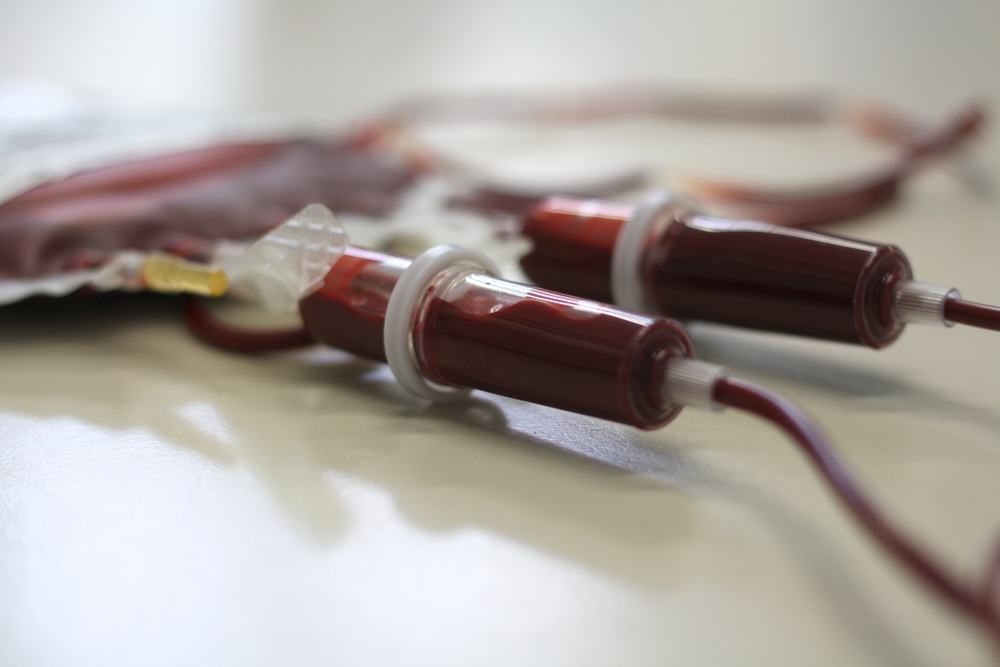
There have been other studies done to determine if young blood could help prevent age-related illnesses, memory loss, and muscle wasting. In 2016, Dr. Irina Conboy conducted a blood-exchange study in mice to see if the older mice would experience any benefits [3]. The study found that the blood from the young mice provided the old mice with some muscle rejuvenation [4].
While this sounds very promising, researchers warn are still not certain whether or not it was actually the young blood that caused the changes. “It may very well be the dilution of old blood,” explained Ranveer Gathwala, a researcher in Conboy’s lab who co-authored the study [3].
Tony Wyss-Coray of Stanford University has also studied the effects of young blood on people with Alzheimer’s disease [5]. While they found the treatment to be “safe, well-tolerated and feasible”, they were hesitant to draw any strong conclusions from the study because of the small sample size [6]. Wyss-Coray is quick to condemn Ambrosia’s work. “There’s just no clinical evidence [that the treatment will be beneficial], and you’re basically abusing people’s trust and the public excitement around this,” [3].
Ambrosia’s Clinical Trials
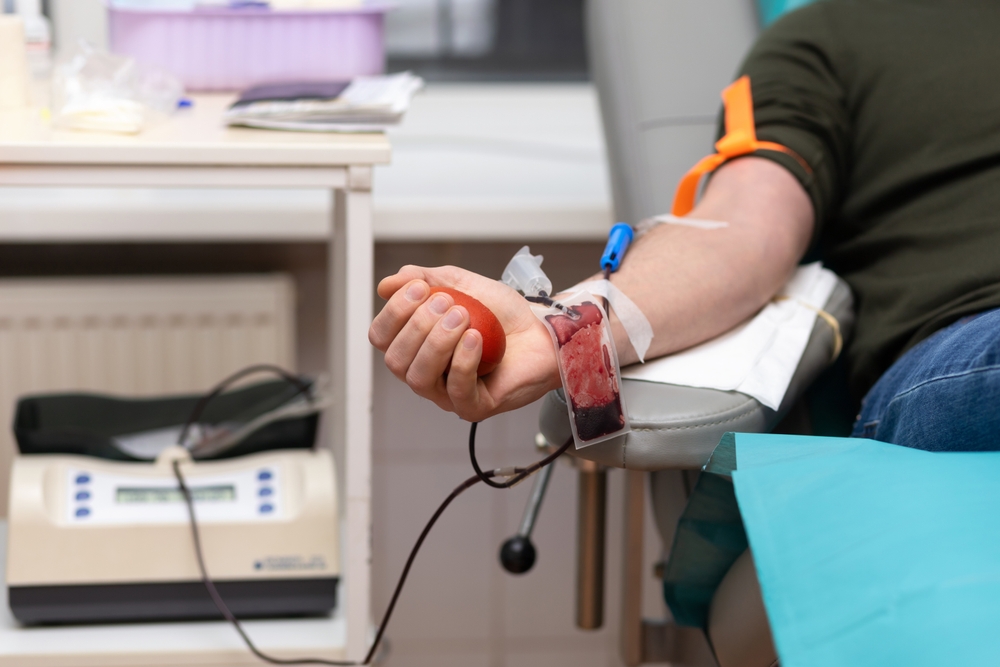
Despite the backlash from other researchers in the field, Karmazin is encouraged by the results of the study. The trial gave patients 1.5 liters of plasma from a donor between the ages of 16 to 25 over the course of two days. The patients, who paid $8 thousand to participate, had their blood tested before and after the procedure for a number of biomarkers thought to indicate health or the presence of disease [1].
The study has not been published yet, but Karmazin, who is not a licensed medical practitioner, believes that the treatment is safe [1]. Since blood transfusions are already approved by the Food and Drug Administration (FDA), this new treatment is allowed to be used as “off-label” [3].
Read More: Blood Pressure is Lowered Best By These 2 Exercises, Study
What is “Off-Label” Treatment?
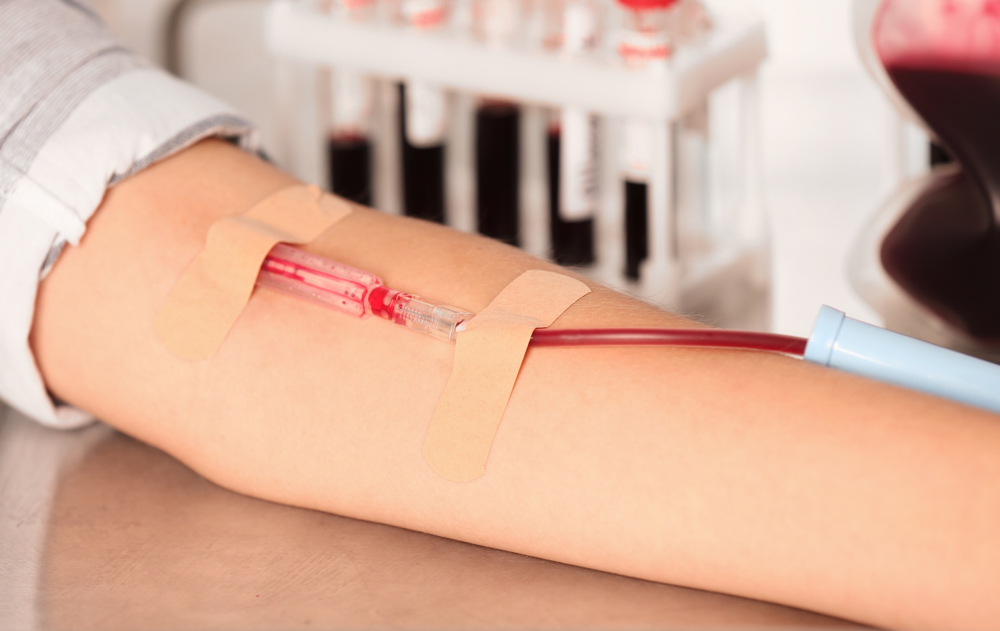
Before any drug is approved by the FDA, the company must be able to prove that the drug is safe and effective for its intended use [7]. On some occasions, though, your doctor can prescribe a drug to you for an unapproved use if he or she deems that it is appropriate for you. A reason for this could be that there is not an approved drug for your condition, or that you have tried all of the approved treatments with no success [7]. In Ambrosia’s case, blood transfusions are deemed to be safe by the FDA, so they do not need to prove their benefits or safety [8].
What are the Dangers of Ambrosia’s Procedure?
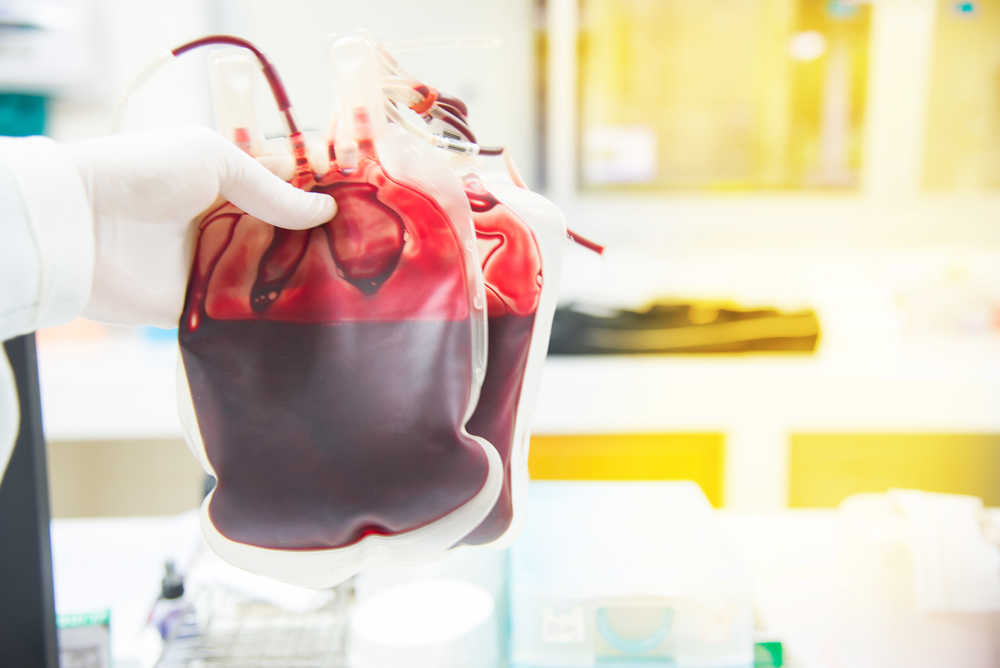
Even though blood transfusions are regarded as safe, there are potential risks involved with the treatment. Although they are rare, some of the more major risks are:
Bloodborne Infections: HIV or Hepatitis B and C are transported through the blood, so although blood is rigorously screened and tested for these infections, there is a very small risk of contracting them through donated blood.
Acute Immune Hemolytic Reaction: If the donated blood is not a good match, your immune system will attack the red blood cells, which can harm your kidneys.
Delayed Hemolytic Reaction: This is essentially the same thing as an acute hemolytic reaction, it just takes longer to occur.
Graft-Versus-Hot Disease: This is when transfused white blood cells attack your bone marrow. It is usually fatal, and more likely to affect people with already-weakened immune systems. [2]
Final Thought
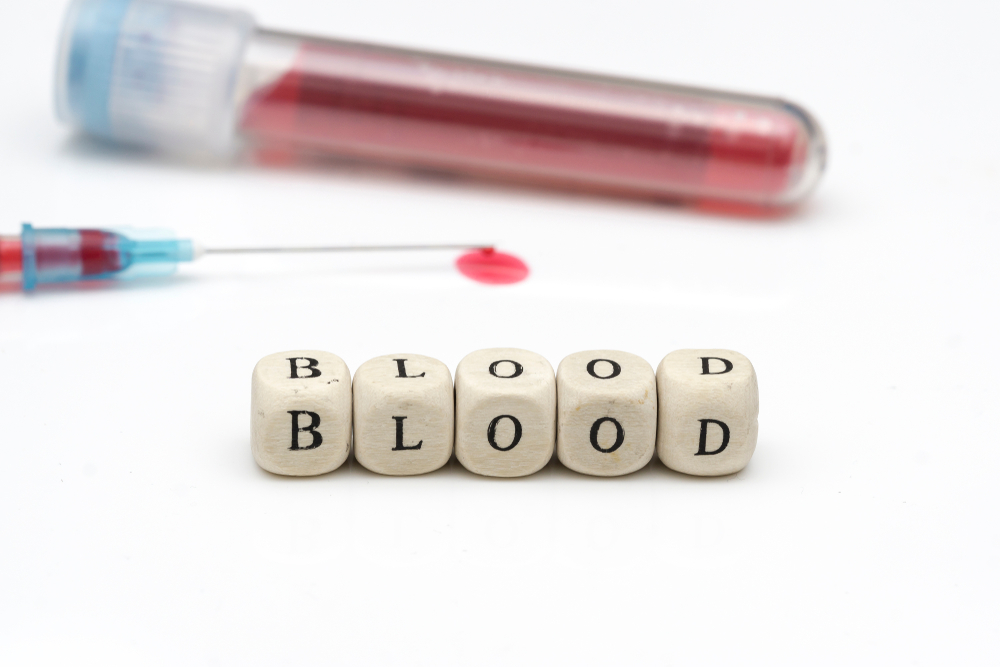
https://www.shutterstock.com/image-photo/blood-concept-samples-test-tube-droplets-1143259316
Conboy, however, believes that Ambrosia’s work is not only incorrect, but it is dangerous. They explained that there are risks involved in giving older people the blood of younger donors, which include a heightened immune response. This response is magnified every time the procedure is completed [8]. Karmazin is unbothered by this and remains hopeful. “I’m really happy with the results we’re seeing,” he said [3]. Time will tell.
Read More: 10 Foods To Avoid if You Have High Blood Pressure (and 10 to Eat More of)
Sources
- https://www.businessinsider.com/young-blood-transfusions-open-accepting-paypal-payments-cities-ambrosia-2019-1
- https://www.mayoclinic.org/tests-procedures/blood-transfusion/about/pac-20385168
- https://www.businessinsider.com/young-blood-transfusions-launching-first-clinic-new-york-2018-9
- https://www.nature.com/articles/ncomms13363
- https://www.sciencemag.org/news/2016/08/young-blood-antiaging-trial-raises-questions
- https://jamanetwork.com/journals/jamaneurology/article-abstract/2709116
- https://www.fda.gov/patients/learn-about-expanded-access-and-other-treatment-options/understanding-unapproved-use-approved-drugs-label
- https://www.businessinsider.com/researchers-say-ambrosia-young-blood-transfusion-startup-putting-lives-at-risk-2018-9
